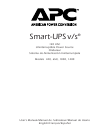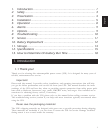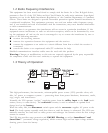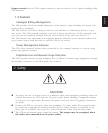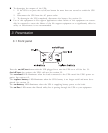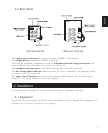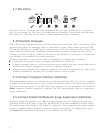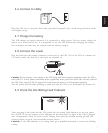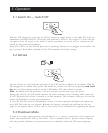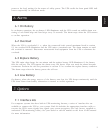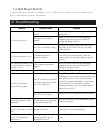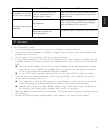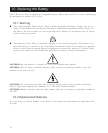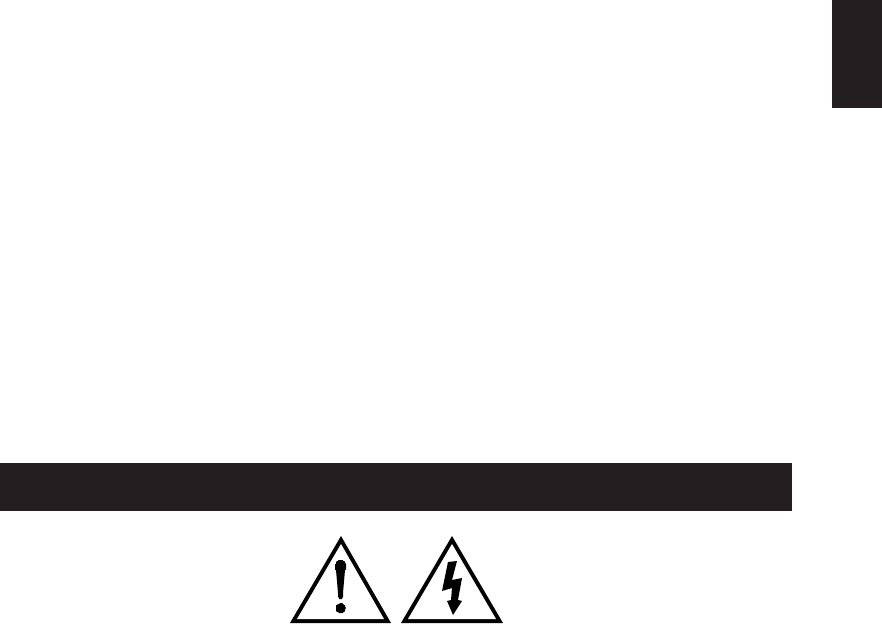
3
English
Output control uses the UPS’s remote interface to turn the load on or off, without disabling other
UPS functions.
1.4 Features
Intelligent Battery Management
The UPS provides visual and audible indications of the battery’s status including low battery and
replace battery conditions.
The UPS exercises the battery during its self-test, and will detect a weak battery before it is put
into service. The UPS normally performs a self-test at power up and every 14 days thereafter. Self-
tests can also be conducted manually with the on/test button at any time. See section 5.2.
The UPS features user-replaceable hot-swappable batteries. Batteries can be replaced without hav-
ing to remove power from the loads or send the UPS in for service.
Power Management Software
This UPS offers advanced features when connected via the computer interface to a device using
power management software.
Telephone Line and Network Surge Protection
This UPS provides advanced single telephone line or 10Base-T network surge suppression through
the modular connectors on the back panel. See section 4.
2. Safety
CAUTION!
n To reduce the risk of electric shock in conditions where load equipment grounding cannot be
verified, disconnect the UPS from the AC power outlet before installing a computer interface
or accessory slot signal cable. Reconnect the power cord only after all signaling connections
are made.
n Connect the UPS to a two-pole, three-wire grounding AC power outlet. The receptacle must
be connected to appropriate branch protection (fuse or circuit breaker). Connection to any
other type of receptacle may result in a shock hazard and violate local electrical codes.
n The UPS has an internal energy source (the battery). The output may be energized when
the unit is not connected to an AC power outlet.



